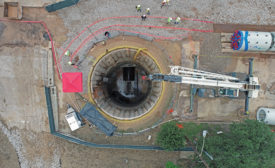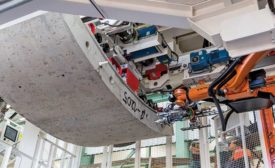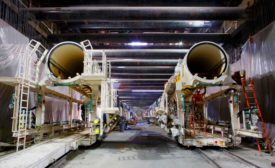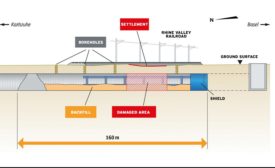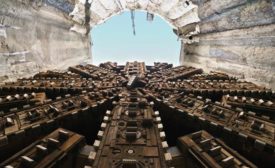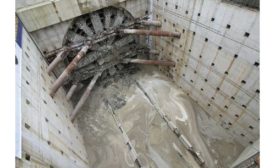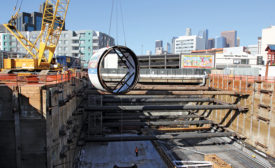Home » Keywords: » tunnel-boring machine
Items Tagged with 'tunnel-boring machine'
ARTICLES
International Projects
Collapsing Alpine Railroad Tunnel Forces German Contractor To Bury TBM
Read MoreRisk Management
End Bias in Big Construction Project Predictions
Could game theory provide a better result than Bayes Theorem?
Read More
The latest news and information
#1 Source for Construction News, Data, Rankings, Analysis, and Commentary
JOIN ENR UNLIMITEDCopyright ©2024. All Rights Reserved BNP Media.
Design, CMS, Hosting & Web Development :: ePublishing
